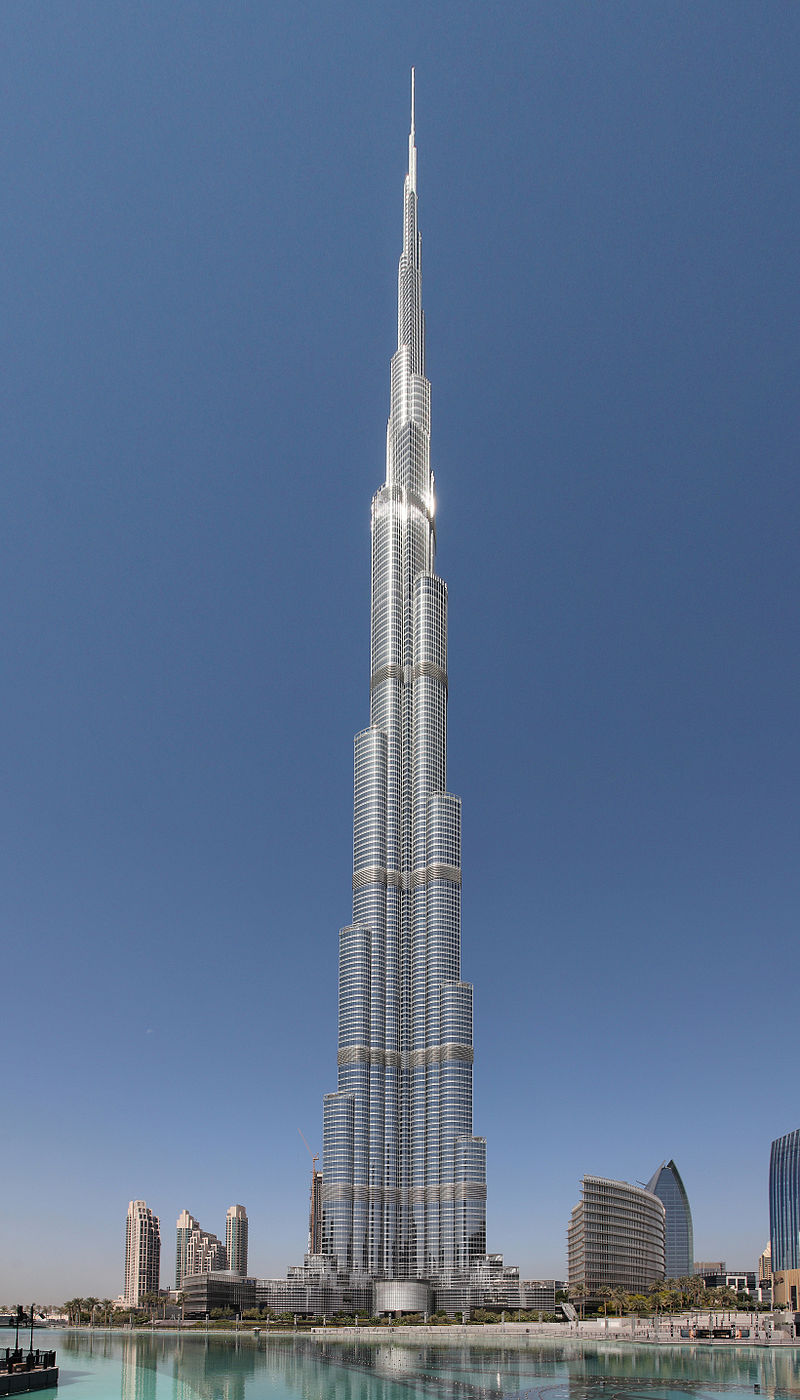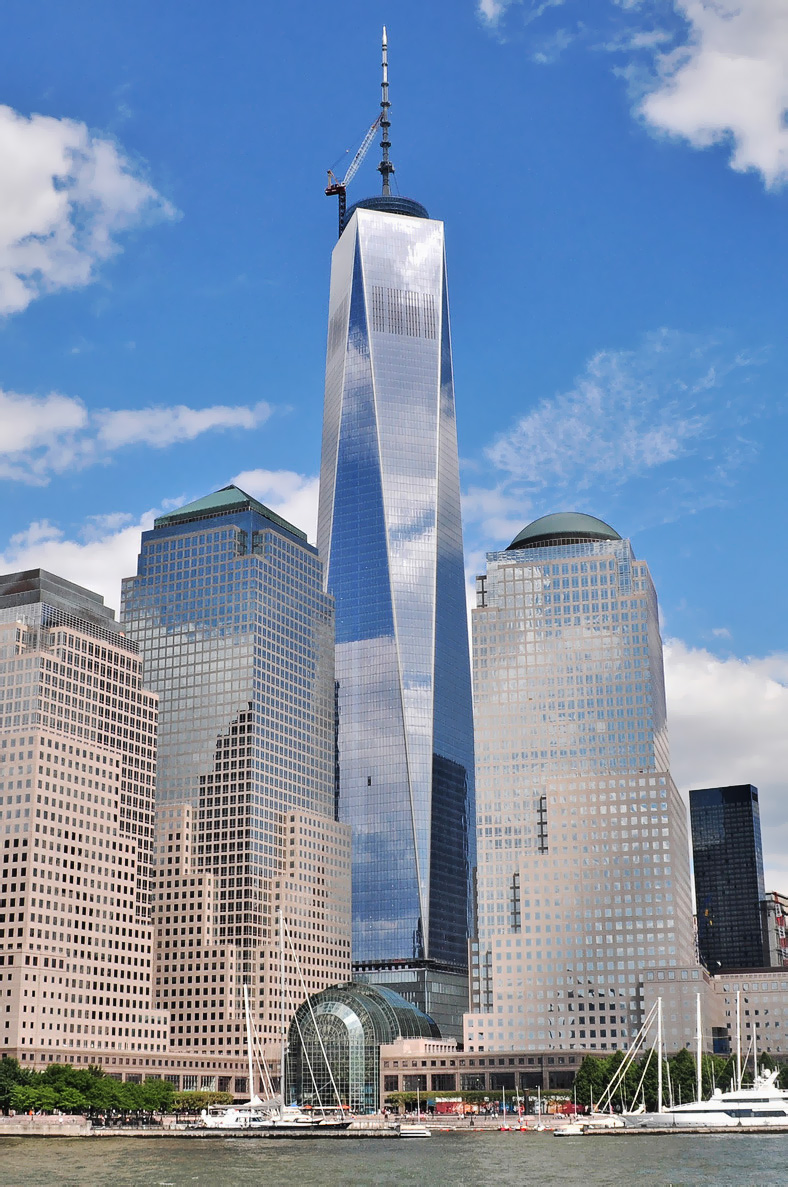Kepler-186f is an exoplanet orbiting the red dwarf Kepler-186, about 490 light-years (151 pc) from the Earth. It is the first planet with a radius similar to Earth's to be discovered in the habitable zone of another star. NASA's Kepler spacecraft detected it using the transit method, along with four additional planets orbiting much closer to the star (all modestly larger than Earth). Analysis of three years of data was required to find its signal. The results were presented initially at a conference on 19 March 2014 and some details were reported in the media at the time. The public announcement was on 17 April 2014, followed by publication in Science.
The only physical property directly derivable from the observations (besides the orbital period) is the ratio of the radius of the planet to that of the central star, which follows from the amount of occultation of stellar light during a transit. This ratio was measured to be 0.021. This yields a planetary radius of 1.11±0.14 times that of Earth, taking into account uncertainty in the star's diameter and the degree of occultation. Thus, the planet is about 11% larger in radius than Earth (between 4.5% smaller and 26.5% larger), giving a volume about 1.37 times that of Earth (between 0.87 and 2.03 times as large).
There is a very wide range of possible masses that can be calculated by combining the radius with densities derived from the possible types of matter that planets can be made from; it could be a rocky terrestrial planet or a lower density ocean planet with a thick atmosphere. However, a massive hydrogen/helium (H/He) atmosphere is thought to be unlikely in a planet with a radius below 1.5 R. Planets with radii of more than 1.5 times that of Earth tend to accumulate the thick atmospheres that would make them less likely to be habitable. Red dwarfs emit a much stronger extreme ultraviolet (XUV) flux when young than later in life; the planet's primordial atmosphere would have been subjected to elevated photoevaporation during that period, which would probably have largely removed any H/He-rich envelope through hydrodynamic mass loss. Mass estimates range from 0.32 M for a pure water/ice composition to 3.77 M if made up entirely of iron (both implausible extremes). For a body with radius 1.11 R, a composition similar to Earth’s (1/3 iron, 2/3 silicate rock) yields a mass of 1.44 M, taking into account the higher density due to the higher average pressure compared to Earth. Kepler-186f has an Earth Similarity Index (ESI) of 0.64.
The only physical property directly derivable from the observations (besides the orbital period) is the ratio of the radius of the planet to that of the central star, which follows from the amount of occultation of stellar light during a transit. This ratio was measured to be 0.021. This yields a planetary radius of 1.11±0.14 times that of Earth, taking into account uncertainty in the star's diameter and the degree of occultation. Thus, the planet is about 11% larger in radius than Earth (between 4.5% smaller and 26.5% larger), giving a volume about 1.37 times that of Earth (between 0.87 and 2.03 times as large).
There is a very wide range of possible masses that can be calculated by combining the radius with densities derived from the possible types of matter that planets can be made from; it could be a rocky terrestrial planet or a lower density ocean planet with a thick atmosphere. However, a massive hydrogen/helium (H/He) atmosphere is thought to be unlikely in a planet with a radius below 1.5 R. Planets with radii of more than 1.5 times that of Earth tend to accumulate the thick atmospheres that would make them less likely to be habitable. Red dwarfs emit a much stronger extreme ultraviolet (XUV) flux when young than later in life; the planet's primordial atmosphere would have been subjected to elevated photoevaporation during that period, which would probably have largely removed any H/He-rich envelope through hydrodynamic mass loss. Mass estimates range from 0.32 M for a pure water/ice composition to 3.77 M if made up entirely of iron (both implausible extremes). For a body with radius 1.11 R, a composition similar to Earth’s (1/3 iron, 2/3 silicate rock) yields a mass of 1.44 M, taking into account the higher density due to the higher average pressure compared to Earth. Kepler-186f has an Earth Similarity Index (ESI) of 0.64.

.jpg/800px-TUT-Ausstellung_FFM_2012_47_(7117819557).jpg)





_in_the_Suez_canal_1981.jpg)








